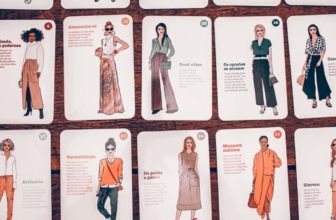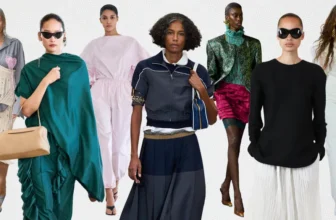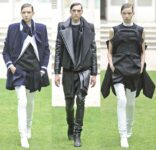
Genderless Fashion: The Rise of a Style Revolution
Fashion has always been a reflection of culture—and in today’s world, culture is evolving faster than ever. One of the most exciting and transformative shifts in the style world is the rise of genderless fashion, also known as gender-neutral, unisex, or non-binary fashion. Moving beyond traditional categories of “men’s” and “women’s” clothing, this movement is reshaping how we see clothing, identity, and self-expression.
What started as a niche concept in underground circles has become a global fashion revolution, embraced by top designers, influencers, and a new generation that values freedom over labels.
What Is Genderless Fashion?
Genderless fashion refers to clothing that is not designed specifically for male or female bodies, but for all individuals, regardless of gender identity. Instead of creating separate lines for men and women, gender-neutral fashion focuses on versatile designs that anyone can wear—regardless of how they identify.
These pieces often include:
- Oversized silhouettes
- Streamlined tailoring
- Functional fabrics
- Neutral or bold colors used creatively without gender association
- Pieces like blazers, trousers, button-ups, tunics, and jackets designed for universal wear
But more than just a look, genderless fashion is a philosophy—a rebellion against binary norms in clothing and an invitation to dress in a way that feels authentic.
A History Rooted in Rebellion
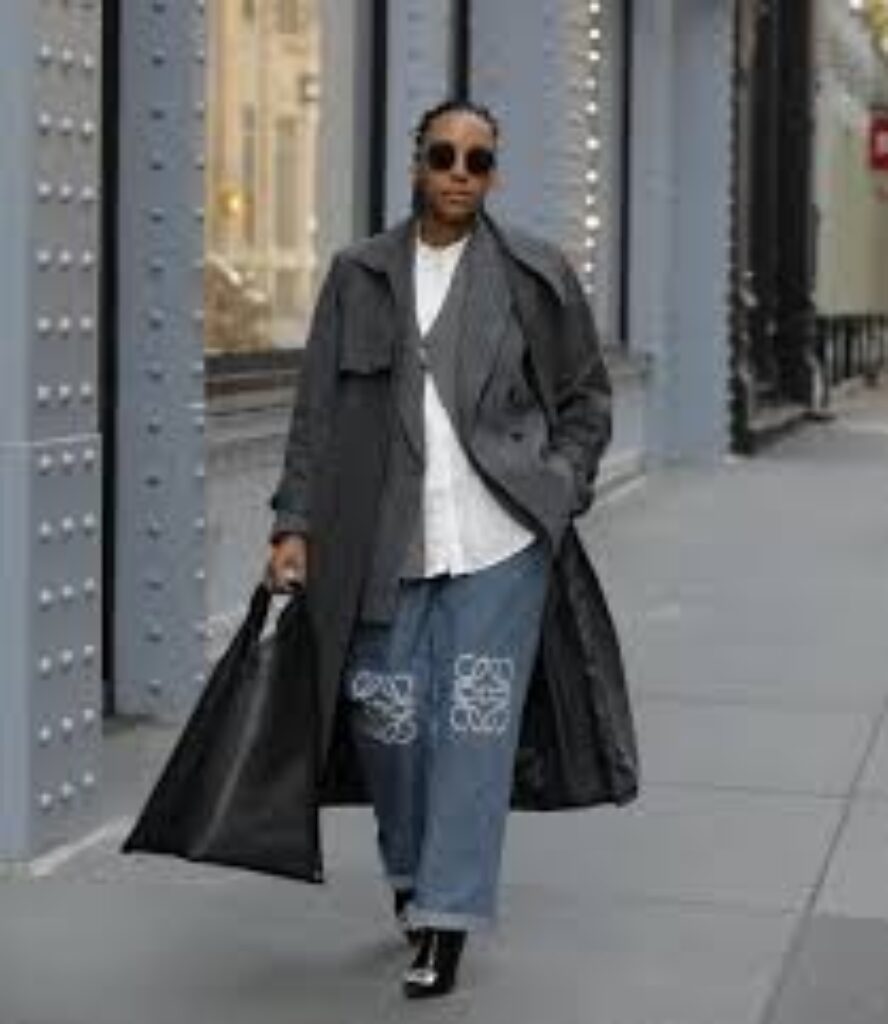
The roots of genderless fashion trace back to subcultures and trailblazers who questioned gender roles long before the mainstream caught on.
- 1920s: Women like Marlene Dietrich wore suits and tuxedos, challenging feminine dress codes.
- 1960s-70s: David Bowie and Prince blurred the lines between masculinity and femininity with flamboyant, fluid outfits.
- 1990s: Designers like Jean Paul Gaultier and Vivienne Westwood showcased androgyny on the runway, while grunge and rave cultures adopted unisex styles.
While these were bold statements, mainstream fashion still largely divided garments by gender. That is, until the 2010s, when younger consumers began demanding change—and fashion began listening.
Why Genderless Fashion Matters Today
1. Reflects Changing Identity Norms
More people today identify outside the traditional gender binary. For non-binary, trans, and genderfluid individuals, shopping in strictly gendered sections can be limiting or dysphoric. Genderless fashion provides an inclusive alternative where identity doesn’t restrict choice.
2. Supports Sustainable Style
Gender-neutral clothing often features minimalist design and longer-lasting materials, which helps reduce waste. A shirt that can be worn by anyone—and styled multiple ways—is both sustainable and versatile.
3. Challenges Harmful Stereotypes
By erasing the divide between “masculine” and “feminine” clothing, genderless fashion breaks down stereotypes that say certain colors, fabrics, or fits belong only to one gender. It encourages expression over expectation.
Fashion Industry’s Embrace of the Movement
Major fashion houses and independent designers alike have jumped on board:
- Gucci, Balenciaga, and Louis Vuitton have all featured men in skirts and women in oversized suiting.
- Brands like Telfar, Phluid Project, Collina Strada, and One DNA are leading the charge in designing gender-neutral collections.
- Fast fashion retailers such as H&M, Zara, and ASOS have launched unisex capsule collections aimed at Gen Z.
Runway shows are increasingly casting models of all genders in blended collections, and stores are rethinking their layouts to reflect fluidity over division.
Genderless Fashion in Everyday Life
It’s not just high fashion. Social media and street style have proven that genderless fashion is deeply personal. Everyday people are mixing men’s and women’s pieces, disregarding traditional sizing, and embracing what feels right.
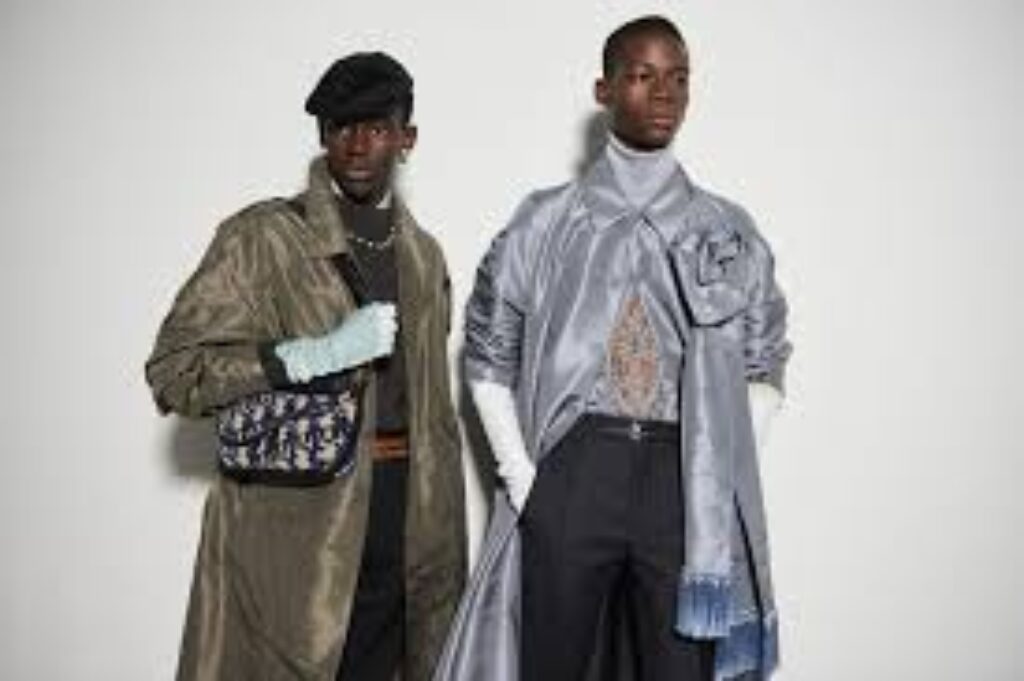
Popular genderless staples include:
- Boxy t-shirts
- Wide-leg trousers
- Denim jackets
- Chunky sneakers
- Utility vests
- Longline coats
Style influencers and celebrities like Jaden Smith, Harry Styles, Billie Eilish, and Zendaya have helped normalize this movement, encouraging fans to explore their own aesthetics outside of gender norms.
Challenges and Criticisms
While the movement is growing, it’s not without critique. Some argue that genderless collections often still lean masculine in design and ignore the body types of AFAB (assigned female at birth) individuals. Others note that many brands market genderless fashion only when it’s trendy, not out of genuine inclusivity.
There’s also the issue of accessibility—many gender-neutral fashion lines remain expensive or limited in sizing, making it hard for all people to participate in the movement equally.
The Future Is Fluid
Genderless fashion isn’t just a trend—it’s a cultural shift toward freedom, authenticity, and creativity. As the fashion world continues to open its mind and erase borders, clothing is becoming what it was always meant to be: a canvas for expression.
No matter your gender identity, you should feel empowered to wear what you love. And that’s the heart of genderless fashion—not eliminating gender, but eliminating the rules that limit self-expression.



